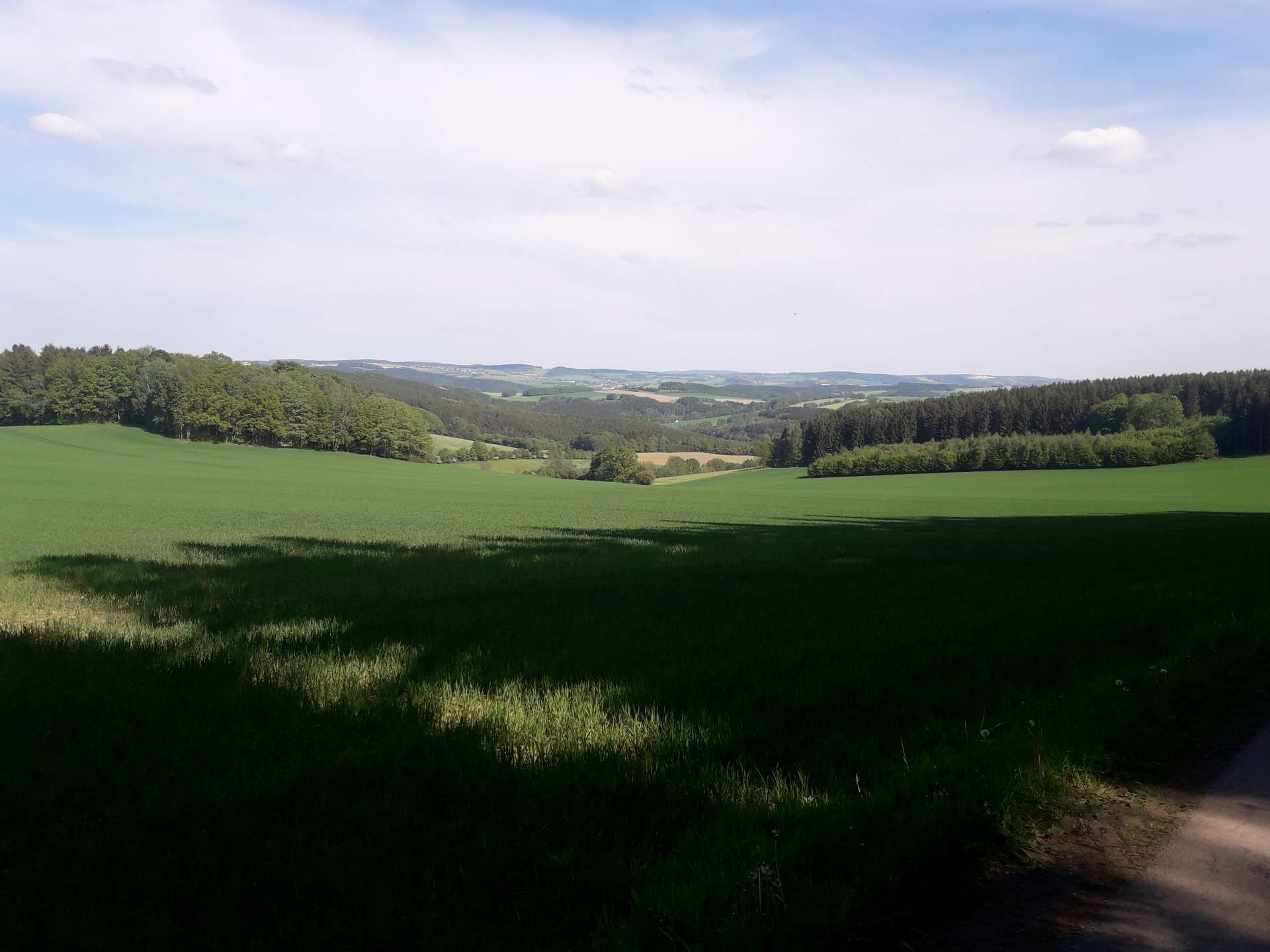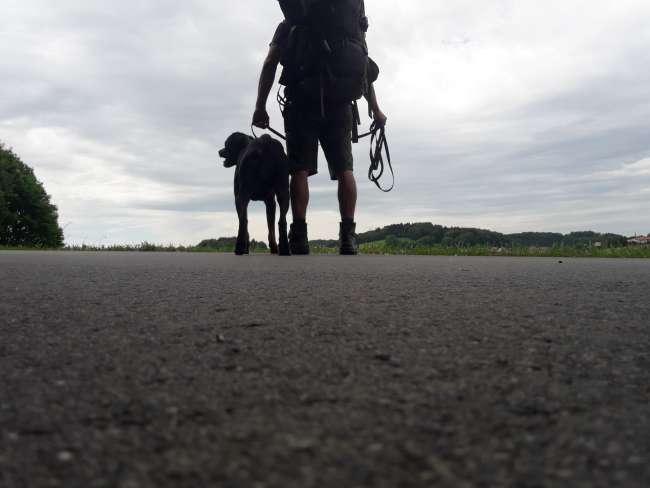Lake Sevan
ప్రచురించబడింది: 14.11.2018
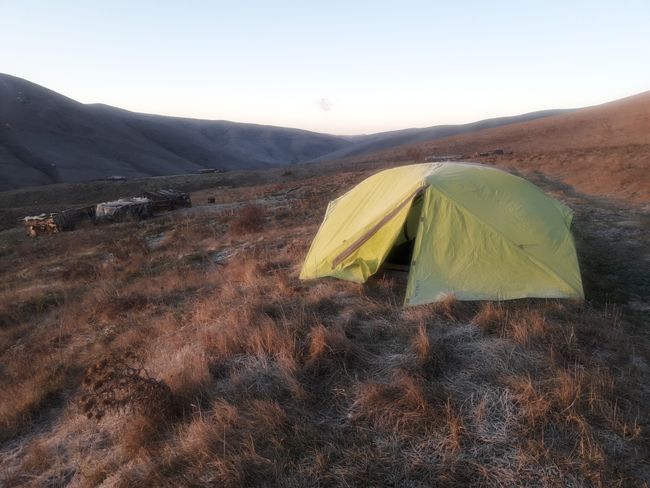
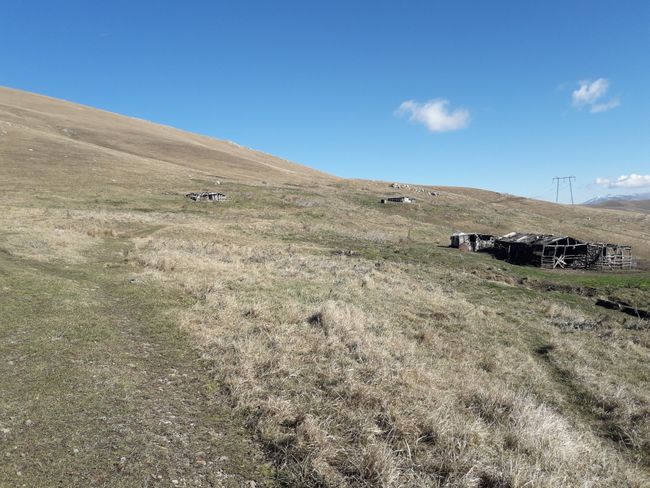
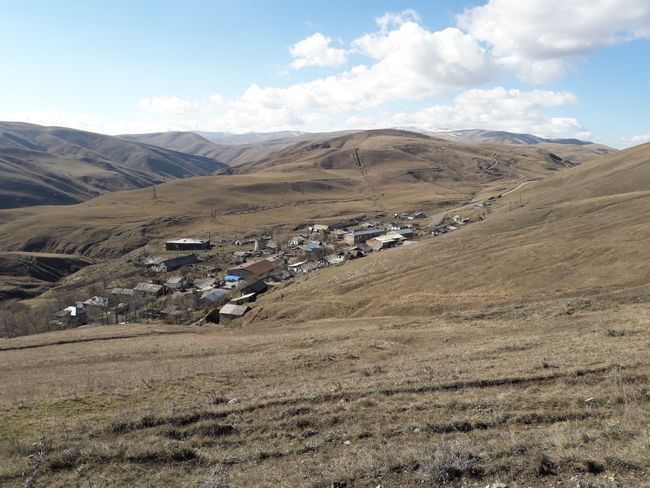
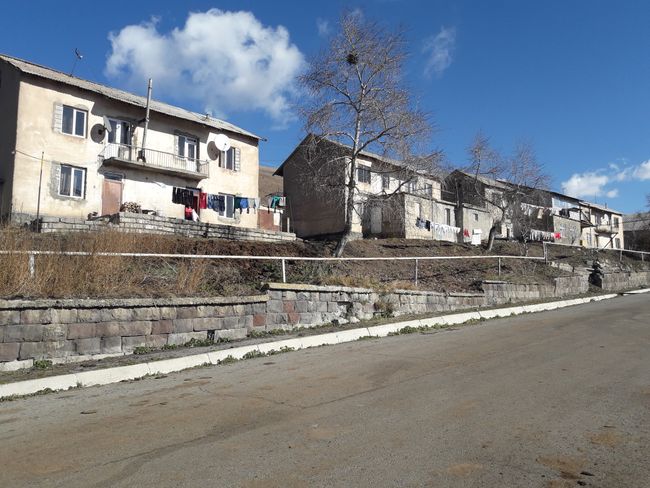
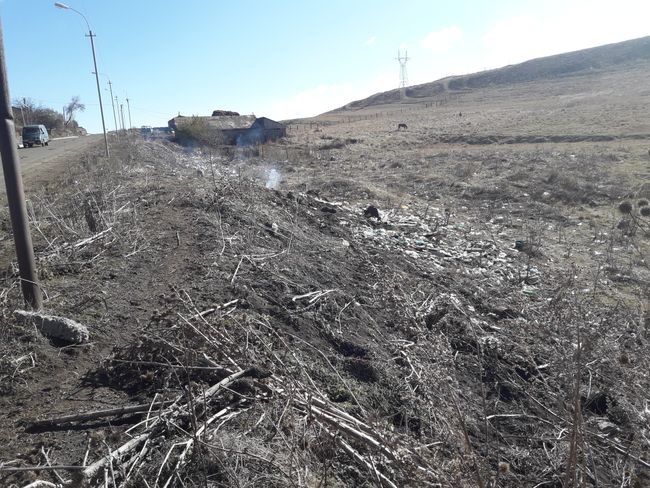
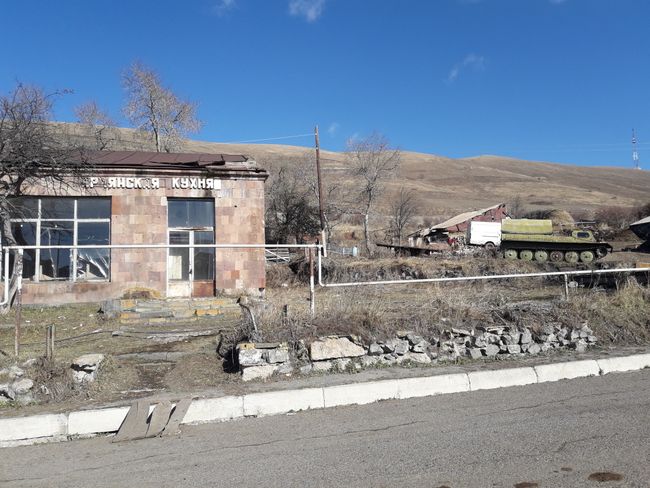
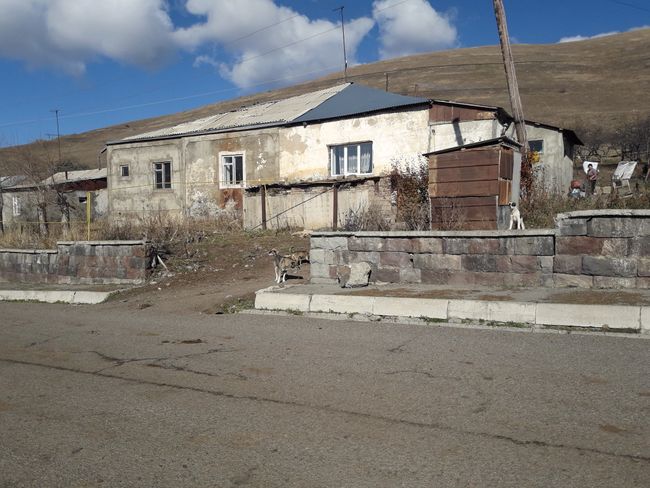
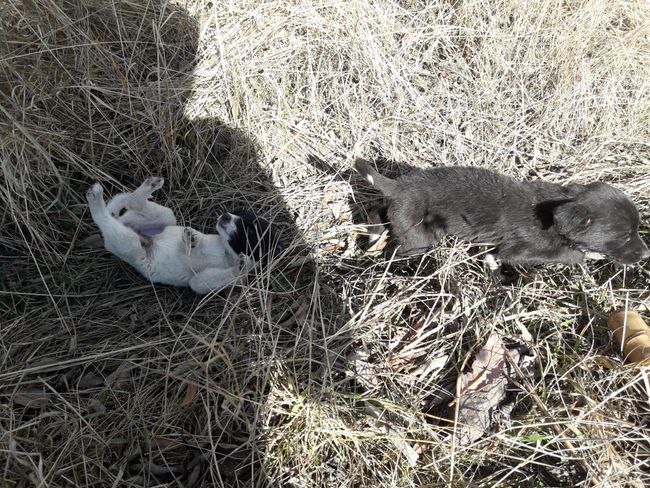
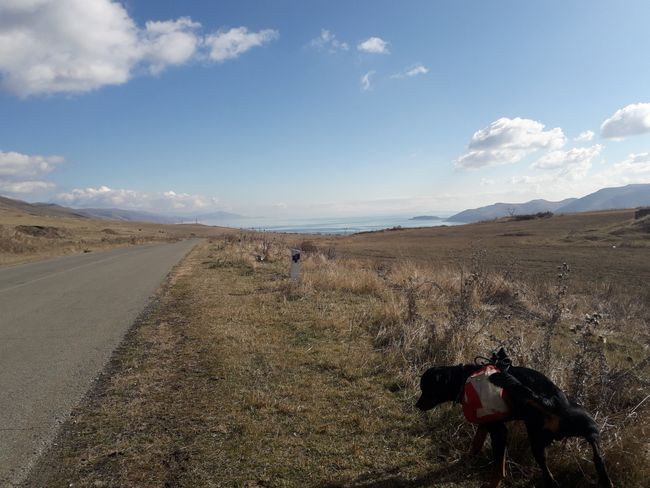
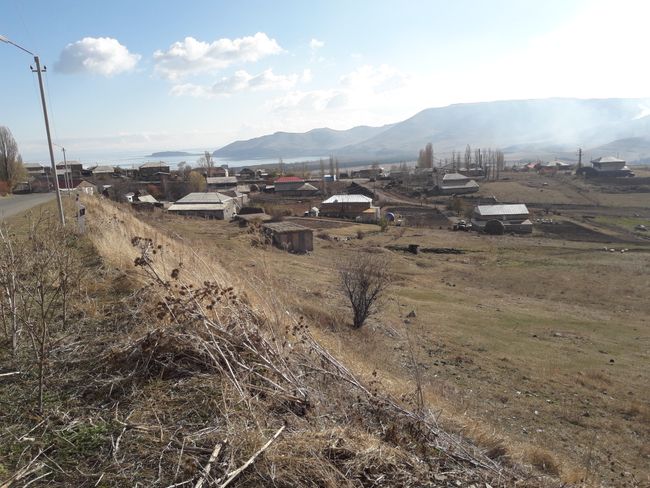
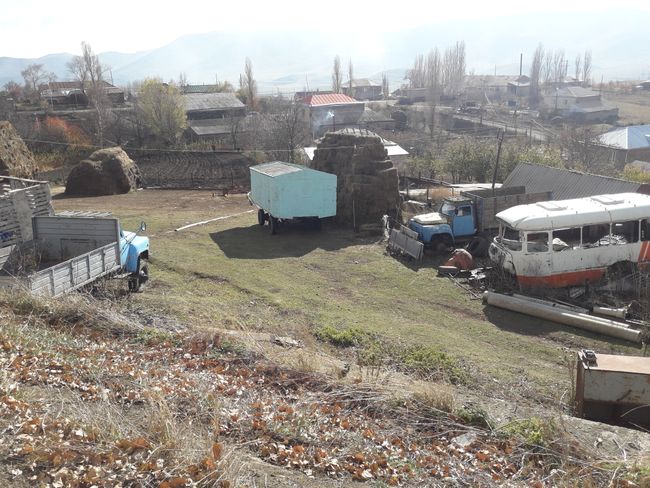
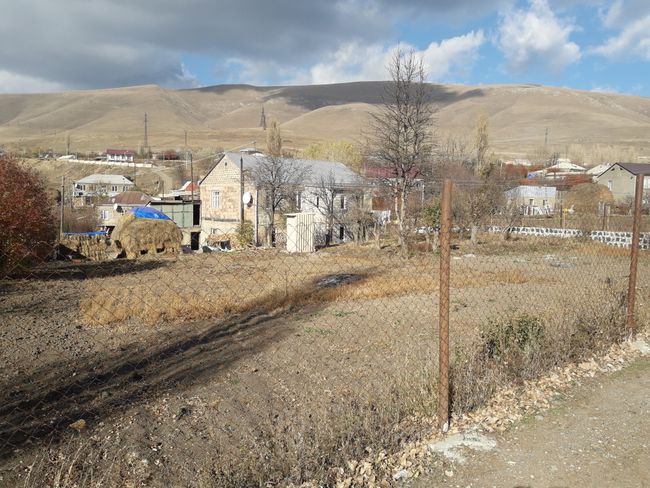
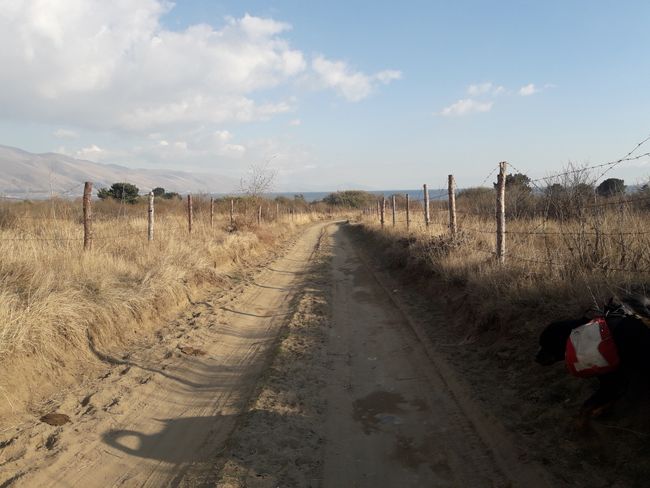
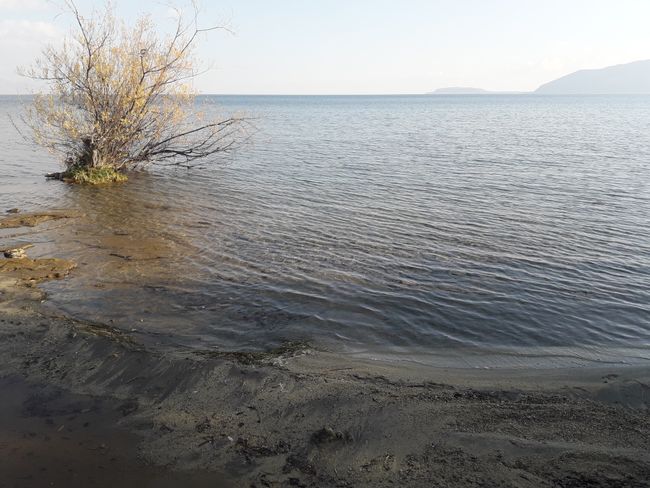
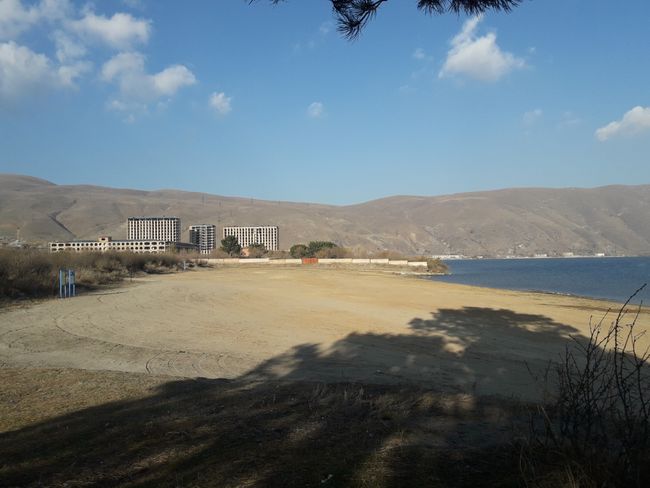
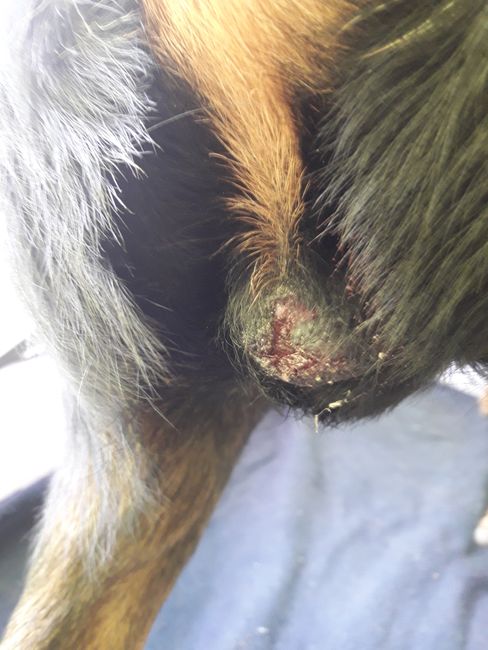
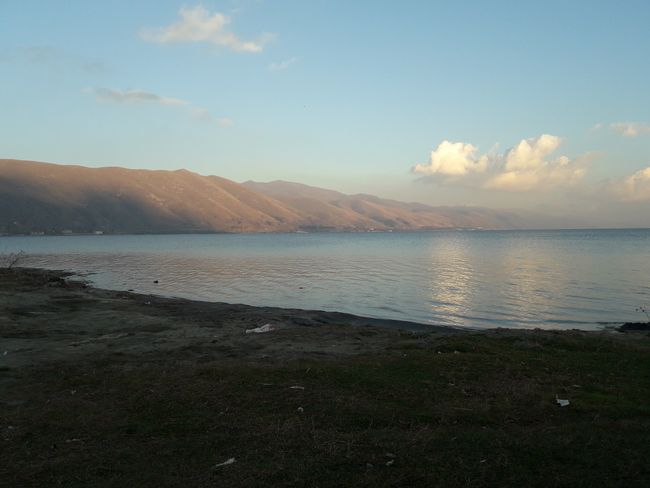
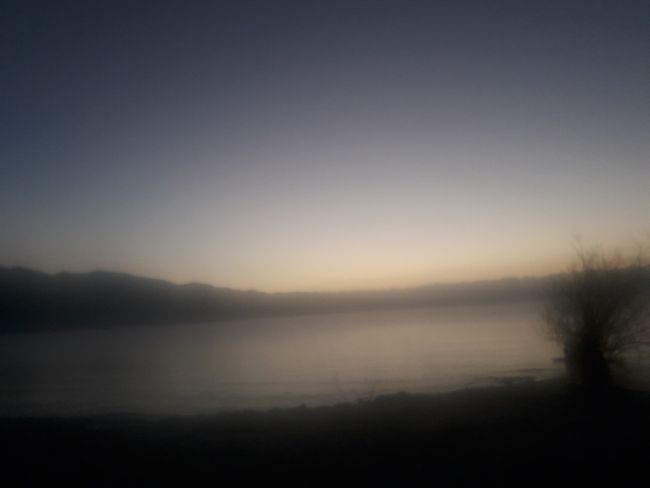
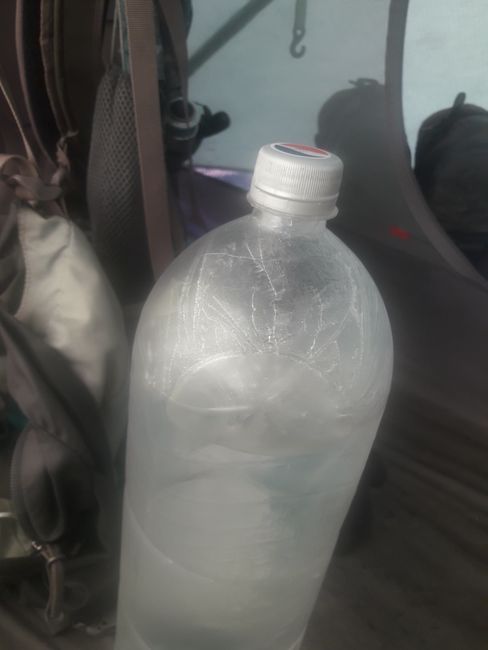
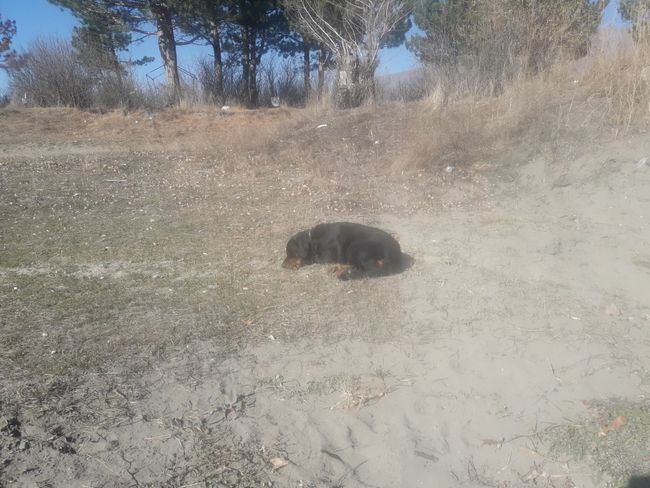
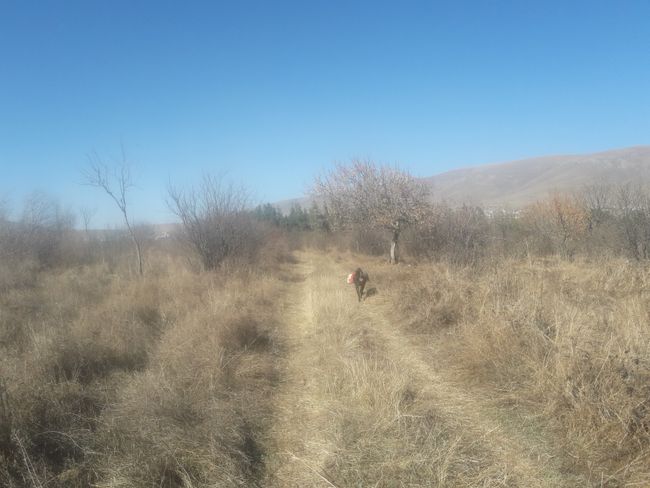
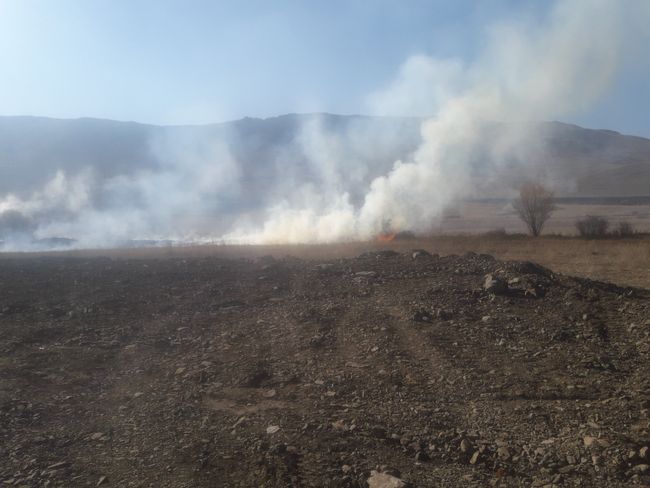
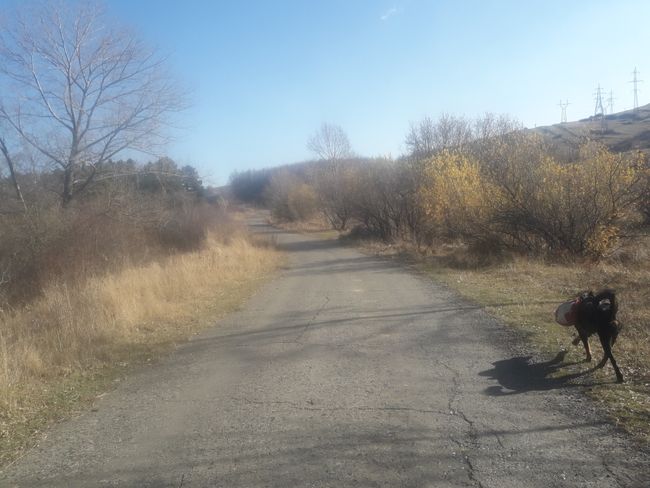
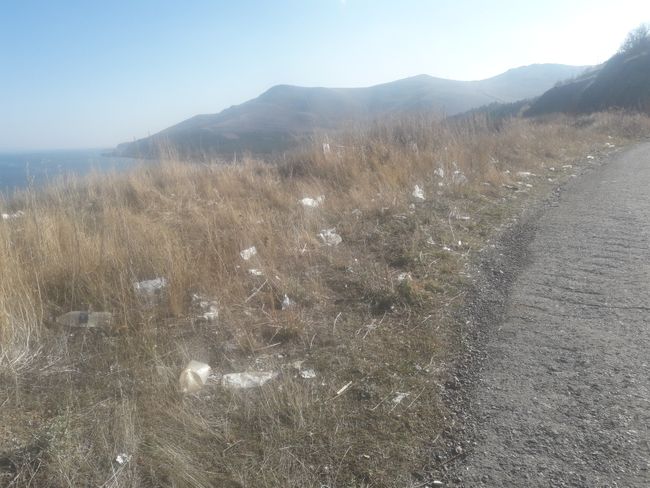
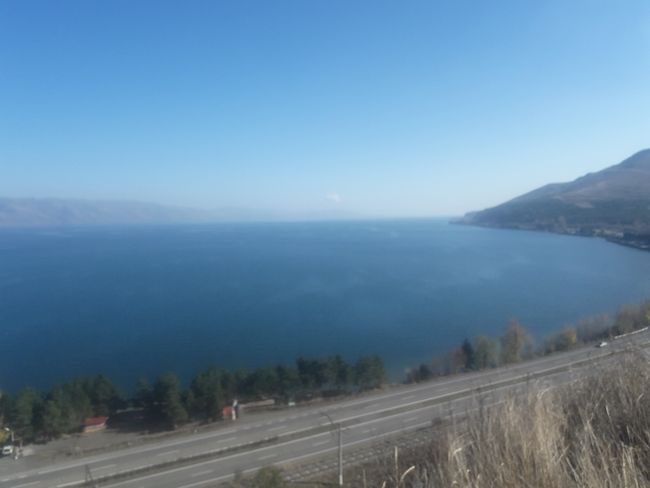
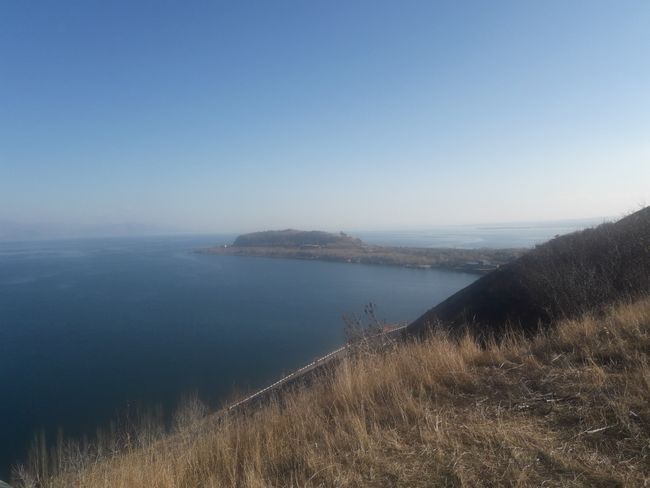
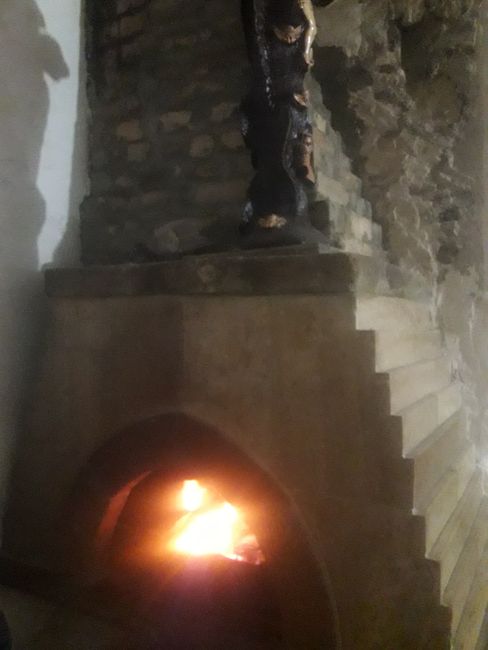
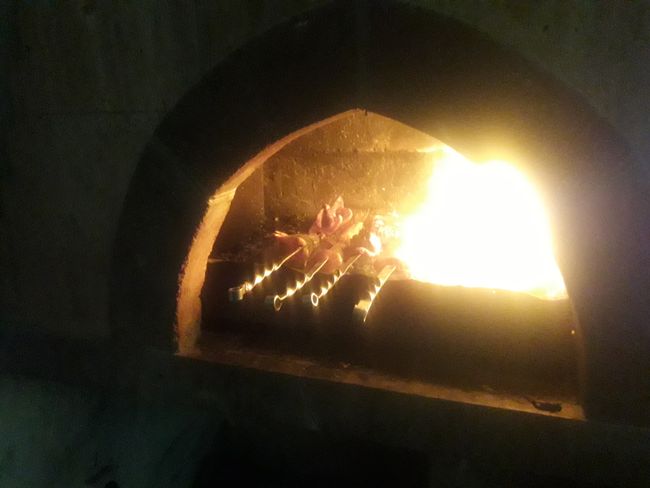
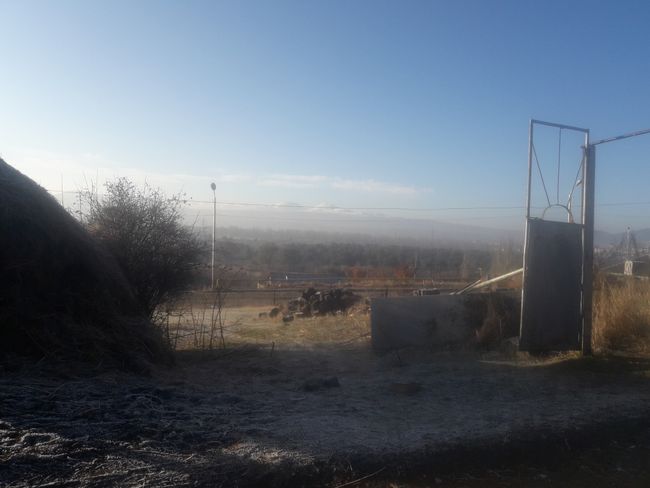
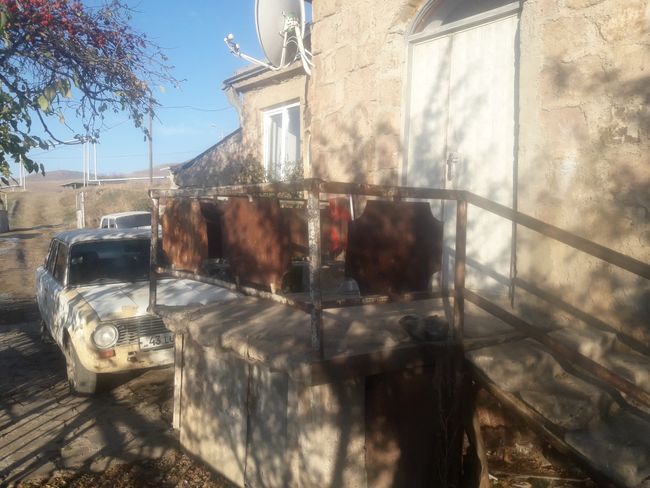
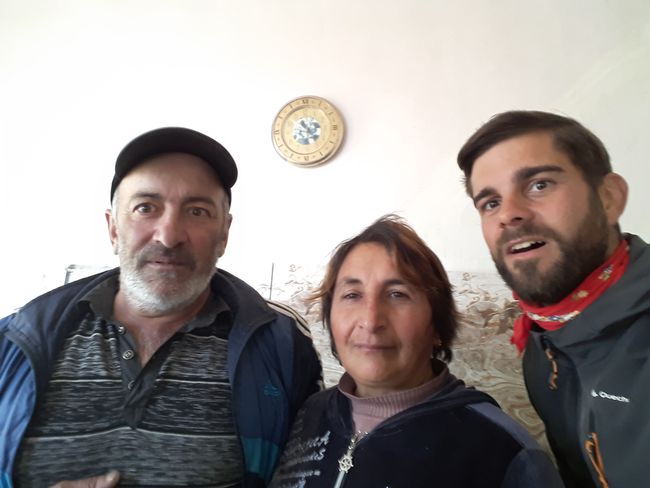
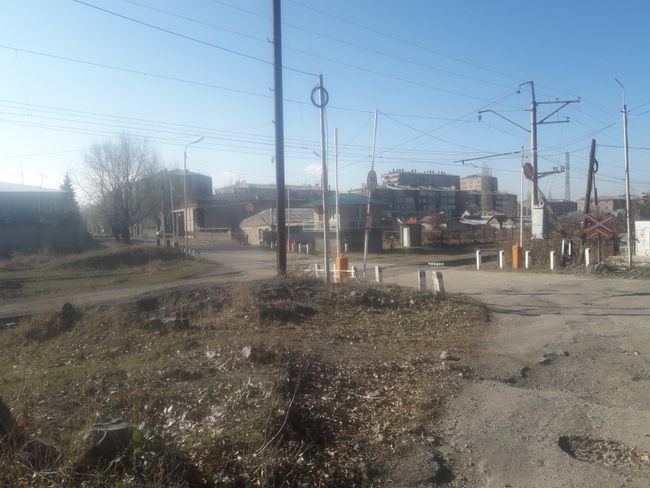
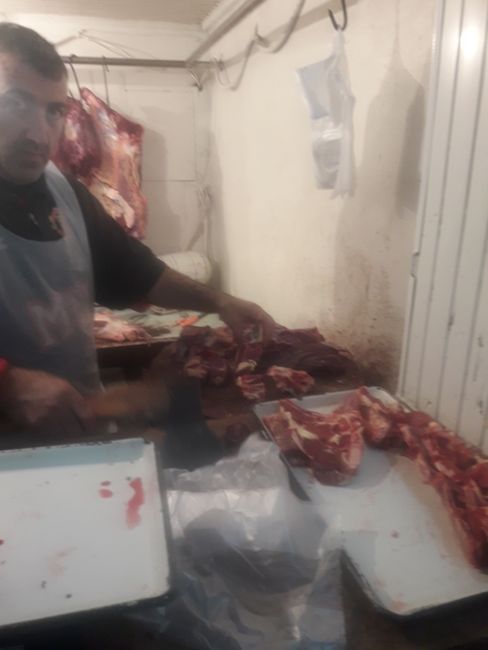
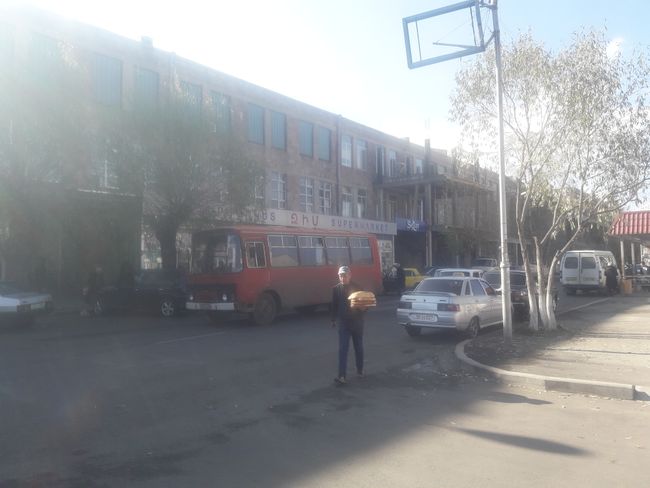
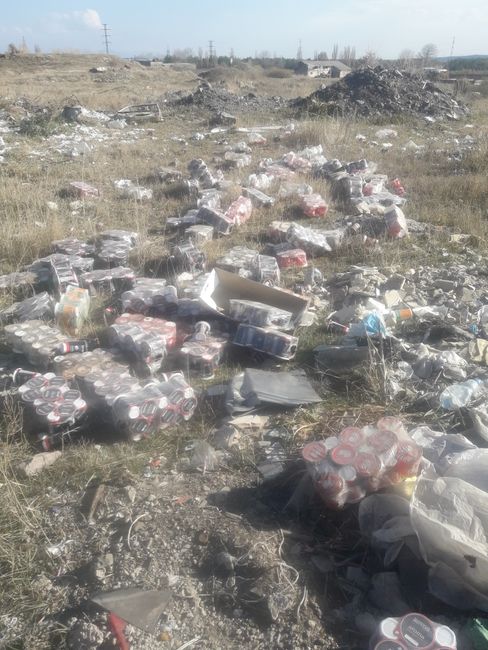
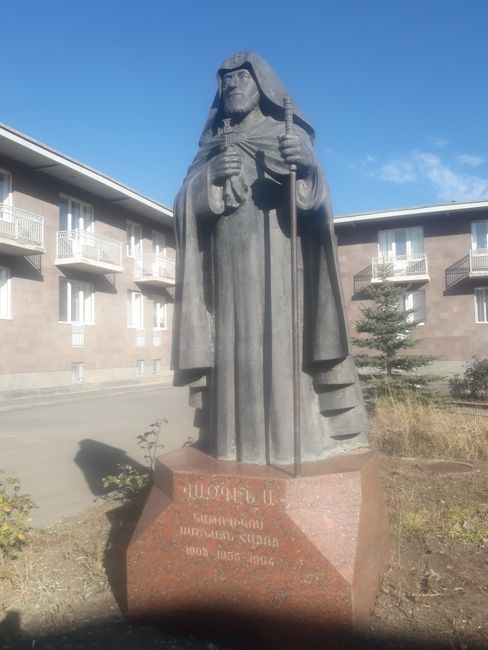
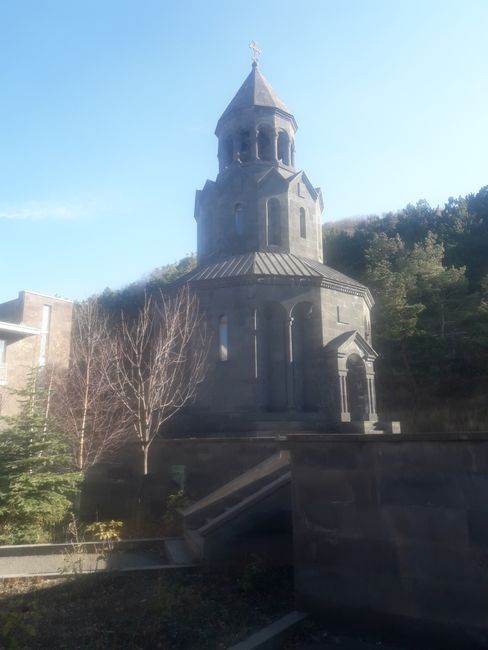
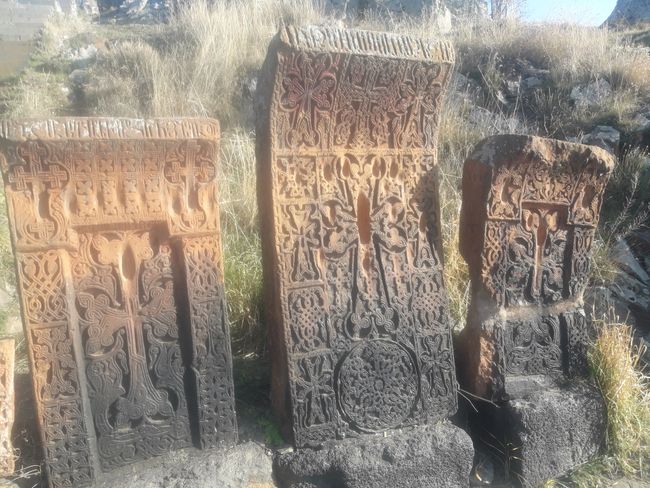
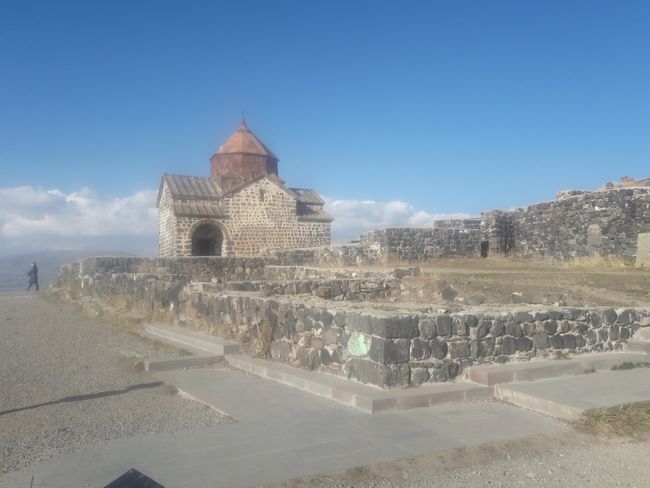
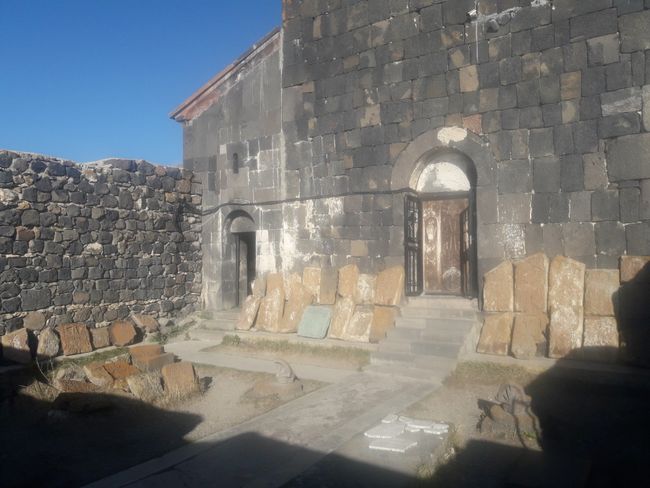
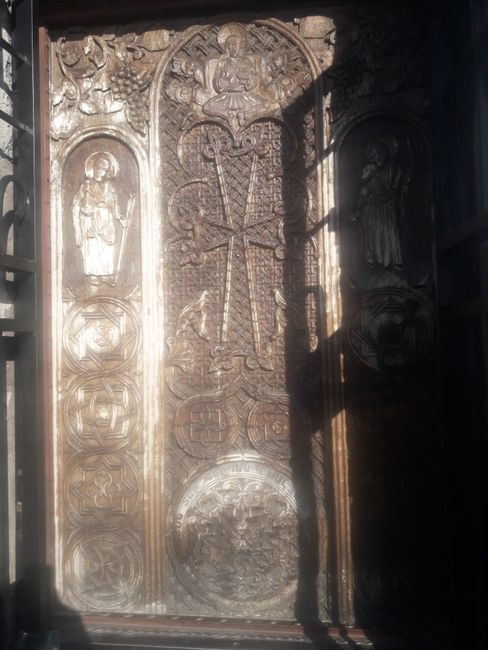
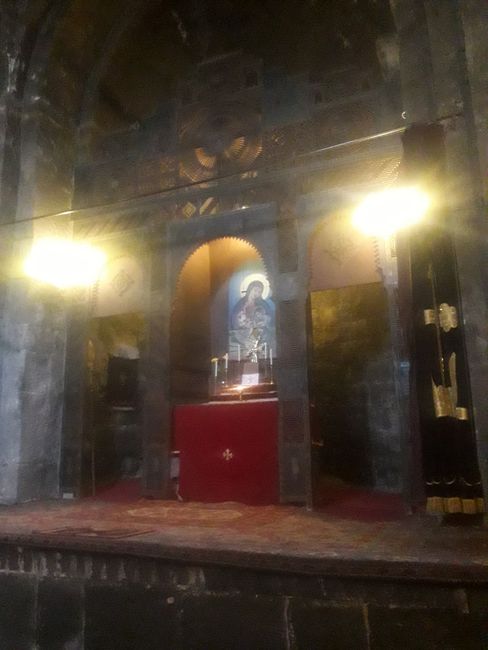
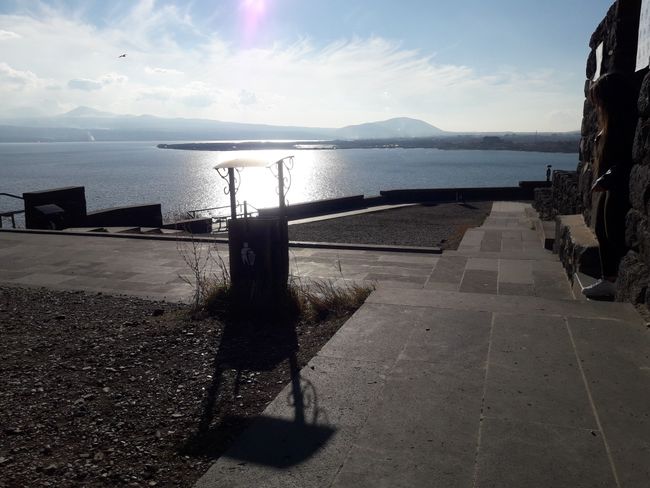
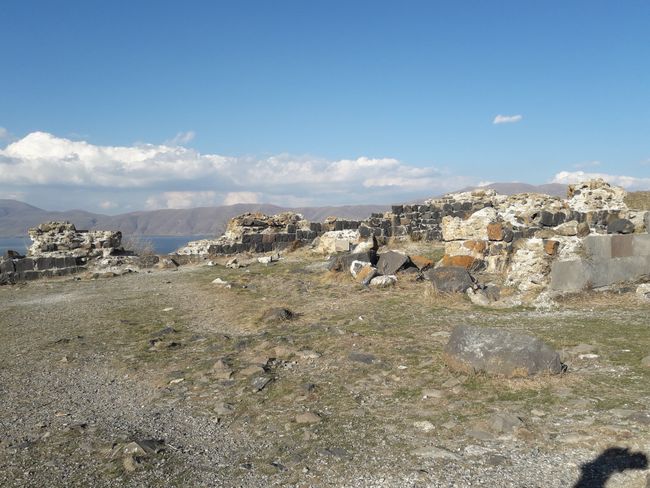
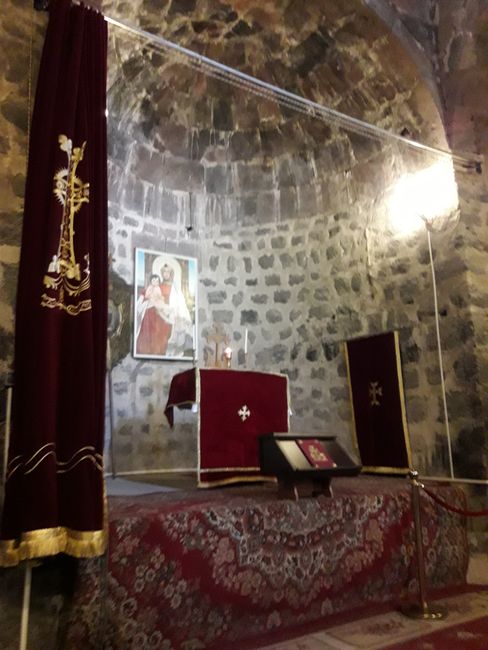
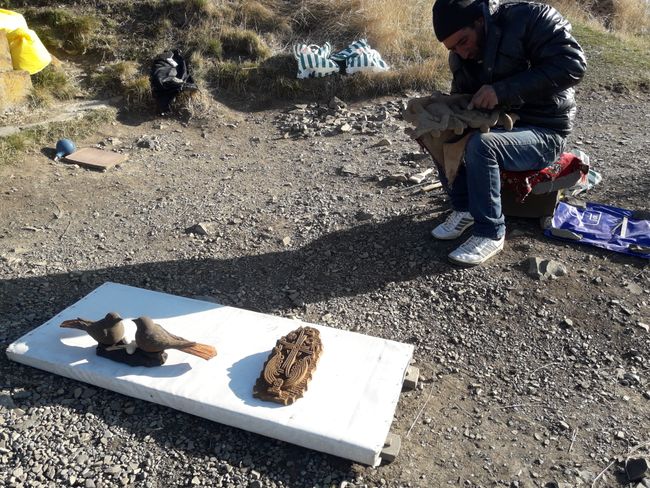
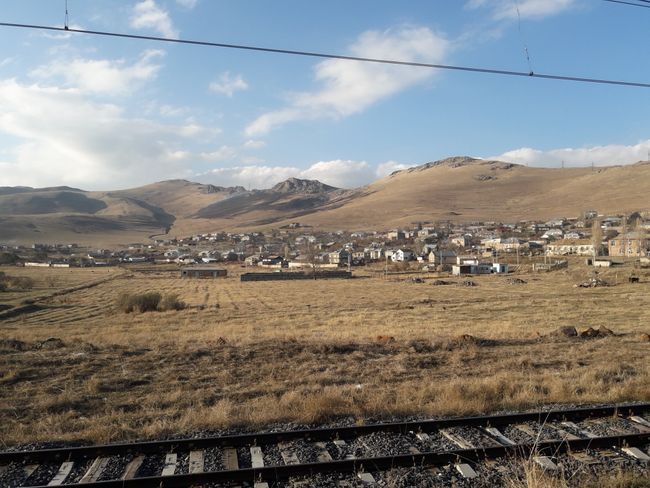
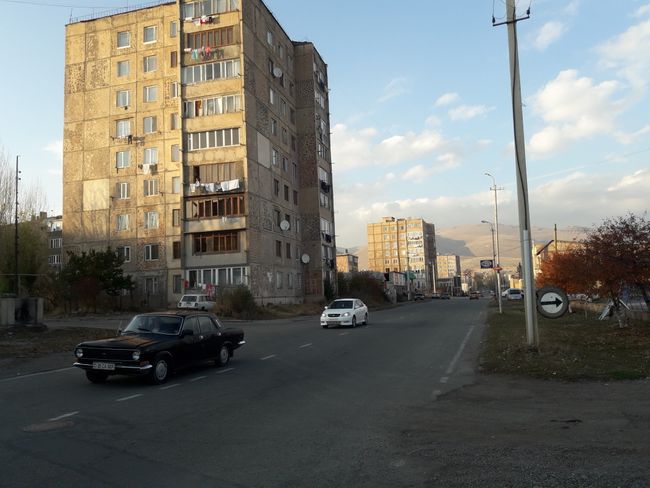
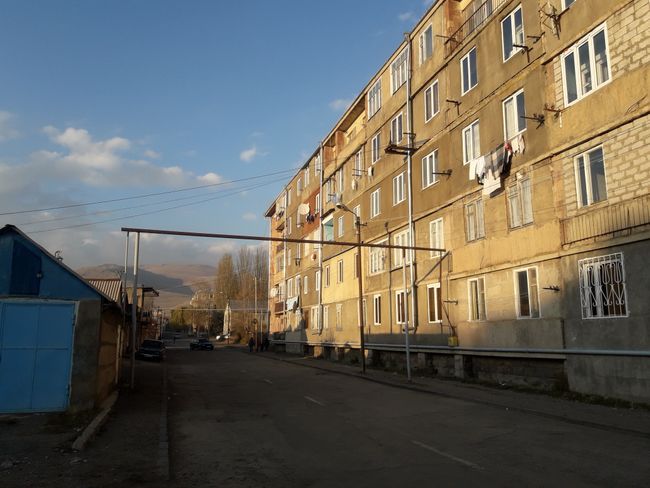
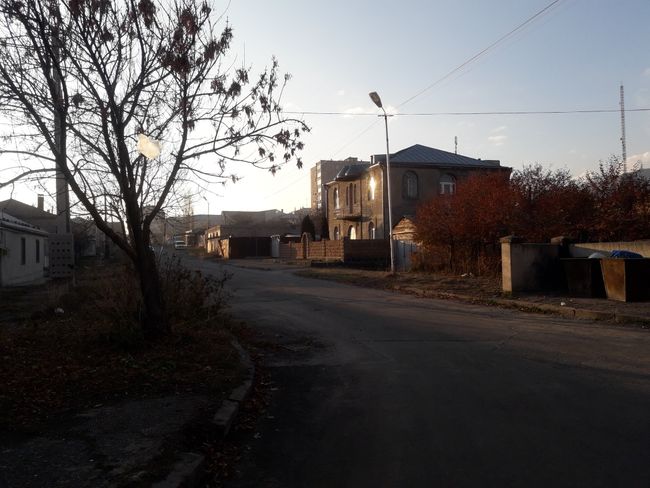
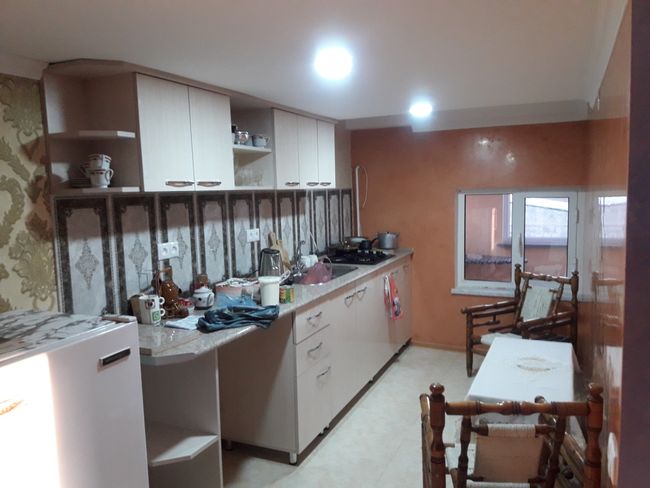
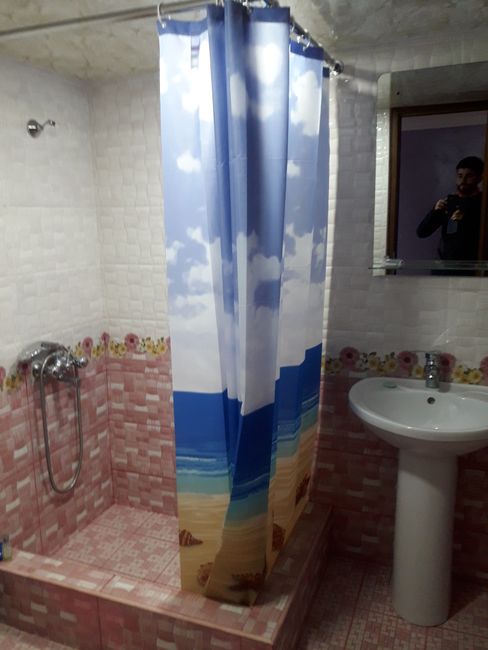
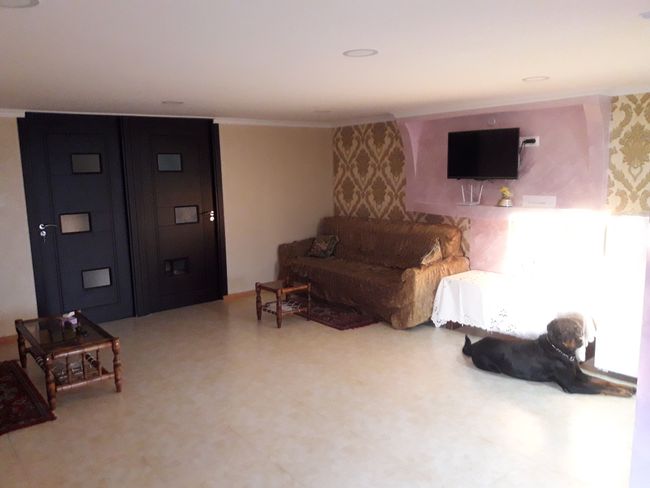
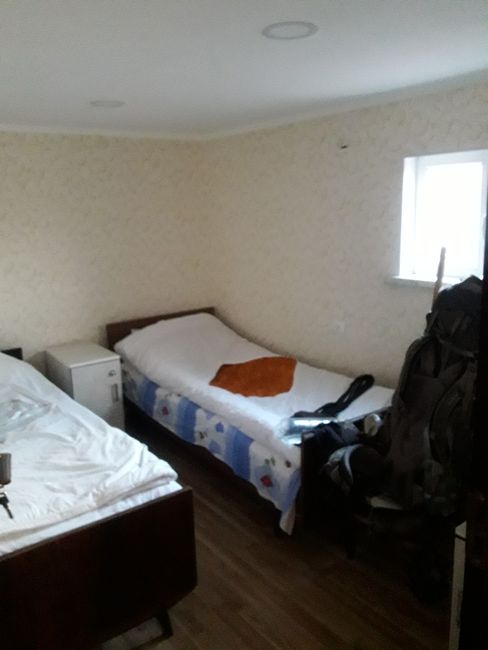
వార్తాలేఖకు సభ్యత్వాన్ని పొందండి
On Friday morning, the sun fought through the eastern mountains around eight o'clock and began to warm up the tent. I doze for another hour before starting the day with coffee and warm oatmeal. Despite the icy temperatures during the night, my laundry is dry in the morning, and I can put on my hiking gear again. By noon, we are ready to go and head towards the village of Semyonovka, about 5 km away. We go up a valley and then down a little bit into the village. Just before leaving the village, Rango takes advantage of a tiny moment of my inattention and gets into a fight with a pack of 4 to 5 yard dogs that bark at us from an open gate. After charging into the group of dogs, he doesn't know what to do next and comes back to me when called. It seems that everything turned out fine, as another dog of similar size as Rango was probably surprised by his offensive behavior. We continue walking south, and our destination for the day is Lake Sevan at an altitude of about 1900 m. With an area of over 5000 square kilometers, it is one of the largest alpine freshwater lakes in Eurasia. Shortly after leaving Semyonovka, I notice a puppy by the roadside. Upon closer inspection, I find two more siblings, but there is no dog or human in sight who seems to be taking care of the three little rascals. I seriously consider expanding our travel companionship by a few members, but quickly dismiss the idea. It's not a pleasant thought, but wolves and coyotes also need to live on something. After a final climb, the mountain landscape opens up to reveal Lake Sevan. We descend to the village of Tsovagyuk, where I replenish our food supplies and take a short break for some cookies. Then we hike the last stretch to the lake, and I set up our tent on the shore of the clear water. On the way, I notice an unpleasant injury on Rango. It seems that one of the barking dogs bit him in the private parts during the short scuffle. I think that's a low blow! Fortunately, it doesn't seem too serious, everything essential is intact. However, the wound will need regular care in the near future. Both Rango and I are not particularly thrilled about that. We go for a wash in the clear water. To be honest, I didn't go further than ankle-deep. Despite the afternoon sun on the beach, it was simply too cold for me.
On Saturday morning, we occasionally have visitors from the locals, and shortly before starting, we are invited to a picnic. I briefly join the group of men and taste some of the offered food. However, I don't wait for the barbecue because I want to reach Sewan on the same day. So we hike around the lake on small roads during the late morning and early afternoon. After about 10 km, I take a break in the sun at the Sewanavank Monastery (on the peninsula north of Sewan) and I am approached by two men in a Lada. Harut and his father Sasun offer to give us a ride and eventually invite me to have coffee at their house in the village of Tsamakaberd. There, we chat a bit, and the invitation for coffee is extended to dinner and an overnight stay. So once again, I have the opportunity to gain a little insight into the lives of the locals. Sasun says he is 50 years old, used to be a welder, and now has a heart condition. His medications and his physical condition support this. The necessary surgery would apparently be possible in Germany, but it is financially out of reach. He receives a monthly disability pension of 27,000 AMD, which is about 54 euros. Since both his wife Greta and Harut can only work for three months a year, the three-person household primarily relies on the disability pension. This seems to be possible only because the diet is enhanced through their own efforts. So they have homemade cheese, pickled vegetables, and pickled fruits for dinner. Bread, onions, potato skewers, and fish complete the meal. The family lives in the house that Sasun built himself. Harut probably won't be able to afford something like that in the current situation. The brick fireplace looks nice, but it doesn't really warm up the room in the evening. There is probably nothing but cold air between the ceiling and the corrugated iron roof. The rooms only have the essentials. The living room furniture consists of a sofa, two stools, a dining table, a bed, and a small cupboard with a TV on top. Except for the TV, everything is a witness of better times. There are no unnecessary decorations! For the night, I am offered one of two beds in Harut's room, and Rango is allowed to find a place there too. The room also has a wardrobe and a desk with a PC. Harut's brother, whose feathers I am apparently sleeping in, is a migrant worker and is looking for his luck in Moscow. It is unclear whether and how much financial support comes from this side. On the garden plot, in addition to the cow, there is also a pig and a sheep, which will probably be slaughtered for New Year's. Sasun, like most of his fellow countrymen, speaks with hope about the political change that is currently taking place in Armenia. Let's hope that it will not be disappointed. So the day ends with mixed feelings.
On Sunday morning, November 11, 2018, I get out of bed around half past eight. With Rango, I find a spot in the sun in my hosts' garden, enjoy the view of the snow-covered mountains in the southwest, and ponder a little bit. Once again, I have been fortunate enough to experience the hospitality of people who don't have much, but are willing to share what little they have. At the same time, some posts on Facebook from my German acquaintances painfully remind me that the situation in my home country is sometimes the opposite. We are relatively prosperous, yet so unwilling to share. It's a shame, really. The family's situation will occupy my mind for a while longer. After having coffee with Greta, I say goodbye and walk to Sewan with Rango. There, the butcher serves Rango breakfast, and I have tea with Khachapuri. Then we go to the Dream House Hostel, where I check in for one night. After a shower and my weekly video call with home, I set off with Rango to the Sewanavank Monastery. On the way, we have to deal with some other intrusive quadrupeds. Although we have become somewhat accustomed to it, it can be quite annoying from time to time. When we arrive at the Sewan Peninsula, I visit the monastery complex. The first church was apparently built here in 305 and can still be recognized by the remains of its foundations. The two preserved buildings were restored in the 1950s and are in correspondingly good condition. Before we start the journey back to the hostel, I take a break in the sun for a while, enjoying coffee and waffles. Then we walk along the main road towards the evening sun. In Sewan, I arrange for dinner and retreat to the hostel. Since there are no other travelers present, we have the apartment all to ourselves. The lights go out around ten o'clock, and I retreat to the separate room.
వార్తాలేఖకు సభ్యత్వాన్ని పొందండి
సమాధానం
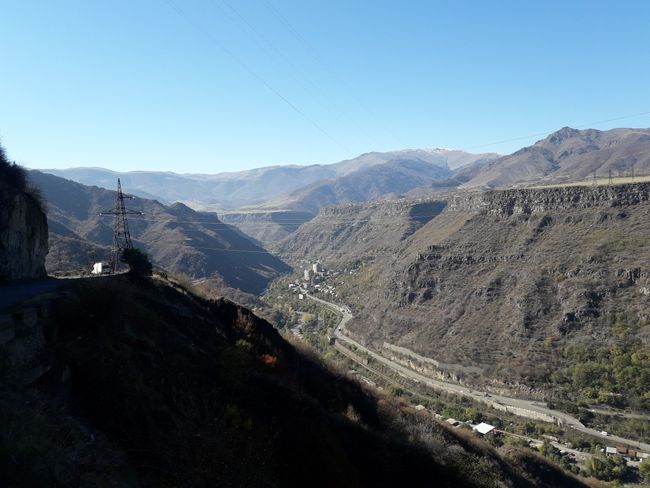
ఆర్మేనియా ప్రయాణ నివేదికలు
